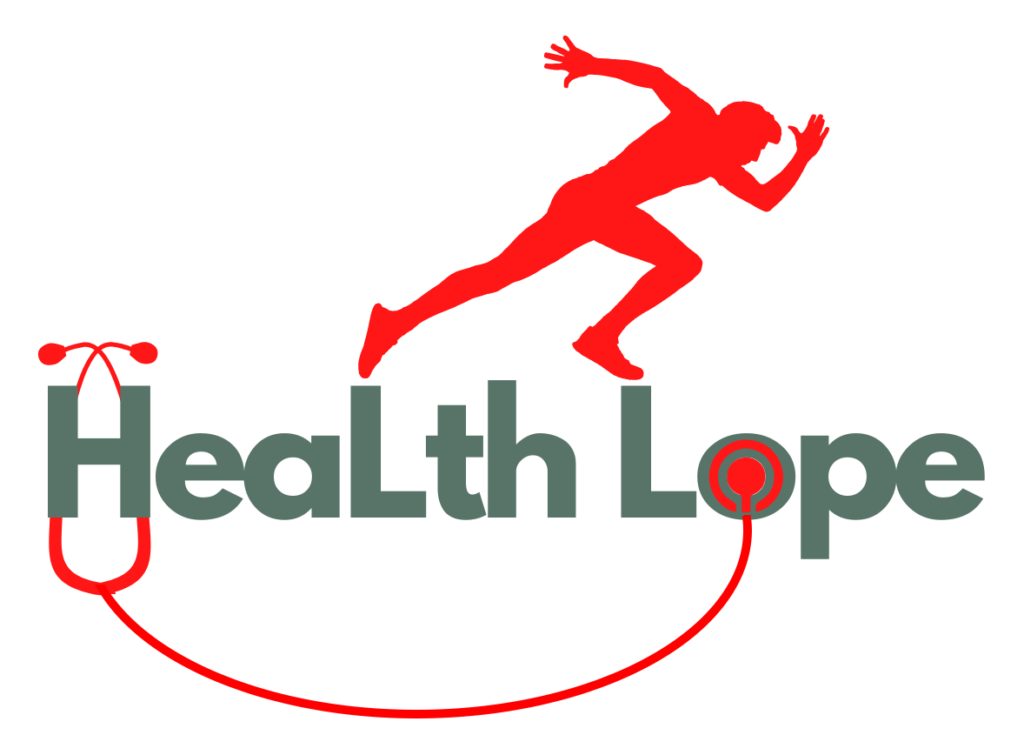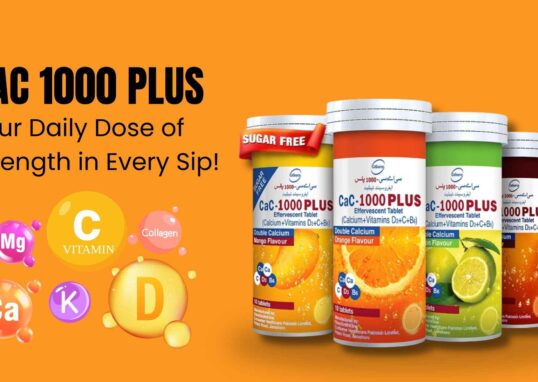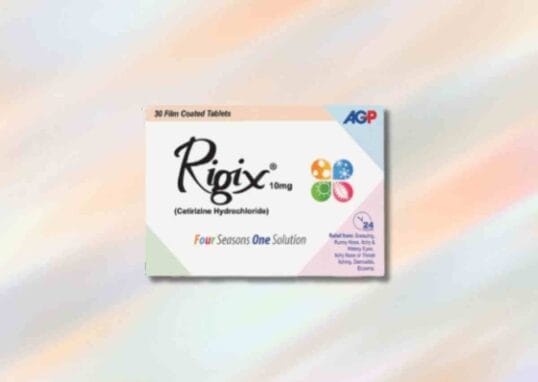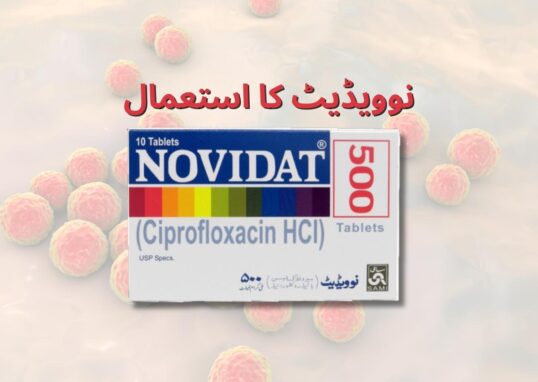
The annual Report on statistics shows that solid dosage form production is 62% of the overall pharmaceutical production. This larger extent of solid dosage form manufacturing is because of some unique benefits and advantages that no other dosage form has.
The fundamental concepts of pharmaceutical science are truly based on the understanding that includes:
- What is a solid dosage form?
- What are the types of solid dosage forms?
- Why is solid dosage form prepared on a large scale?
- What are the advantages and disadvantages of a solid dosage form?
All the topics mentioned earlier, along with the unique properties of the solid dosage form, are discussed in this article.

Overview of solid dosage form
The solid dosage form is the technical term used for specific categories of pharmaceutical preparation. Solid dosage form refers to the medicinal agents designed in the form of solid as the final product.
They are widely prepared and consumed throughout the world. Every small or large pharmaceutical company has a separate manufacturing facility or plant for manufacturing the solid dosage form.
Solid dosage form holds a prominent significance among all pharmaceutical products, including semi-solid preparations and liquid dosage forms, due to their long list of benefits in medicines.
Solid dosage Form Examples
Solid dosage form examples from 9 different types of solid dosage include a wide variety of dosage forms and routes of administration. These are listed as follows
- Chewable tablets
- Buccal tablets,
- Film-coated
- Enteric-coated tablets
- Sublingual tablet
- effervescent tablets
- hard-shelled capsules
- soft gelatin capsules
- enteric-coated capsule
- HPMC capsule
- pills pastilles
- lozenges
- suppositories
Types Of Solid Dosage Form
The classification of the solid dosage form is important to the pharmaceutical aspects of the dosage form. The solid dosage form is classified into 2 main types and 9 sub-types.
The two main types of the solid dosage form are
- Unit Dose
- Bulk Dose
These two main subtypes of the solid dosage form are further subdivided into 9 types according to pharmaceutical properties.
1. Unit Dose
- Tablets
- Capsules
- Granules
- Sachets
- Lozenges
- Pills
- Dry powder inhaler
- Chewables
2. Bulk Dose
- Powder(external or internal)
Tablets
Tablets are a form of compressed solid dosage form having active therapeutic ingredients (API) and excipients.
Capsules
Capsules are a solid dosage form that comprises soft or hard soluble gelatin shells with granules of active therapeutic agents.
Pills
Pills resemble tablets and capsules, but these are different types of solid dosage forms concerning their preparation method. Pills are oval-shaped dosage forms containing a medicinal agent.
Granules
Granules are the solid dosage form made up of the accumulation of smaller powder particles.
Sachets
Sachets are solid dosage forms that hold medicinal agents in the form of a pouch or pocket. The packet may be small or large.
Lozenges
Lozenges are a specific type of solid dosage form formulated to keep in the mouth under the tongue so that it can dissolve slowly and release the API for therapeutic effects.
Solid dosage form advantages and disadvantages
Solid dosage forms have some firm advantages that mark their dominance over other dosage forms ( liquid and semi-solid dosage forms). Let’s have an eye on its advantages and disadvantages.
Advantages Of solid dosage Form
Ease for manufacturers
- The solid unit dosage form is simple to plan and manufacture
- It is economical to produce without strict sterility protocols
- Solid unit dosage form shows more stability as compared to liquid dosage form
- It also provides high precision with the lowest variability
Ease for Prescriber
Unit dosage forms, tablet capsules, etc., also provide prescribers some major benefits, which is why doctors or physicians easily prescribe the unit dosage form to most of the population.
- The unit dosage form is available in a variety of strengths and potency
- Doses are available as per patient requirements
- Dispensing and compounding for solid dosage forms is also easy.
Ease For Patient
- Solid unit dosage forms are easy to swallow.
- Increasing patient compliance can easily mask unit dosage form’s unpleasant odor or taste.
- The unit dosage form can be available in different shapes to attract children.
- Chewable tablets allow younger patients to take medicine easily, especially those afraid to swallow tablets.
Disadvantages Of solid dosage form
Along with the advantages, pharmaceutical unit dosage forms also have some disadvantages, which limit their use and demand some alternative form of medication.
For Manufacturers
- High-potency drugs are hard to formulate in the unit dosage form as they will increase the size of tablets or capsules.
- Active therapeutic agents that cause GI irritation are difficult to manufacture as solid dosage forms.
- Hygroscopic drugs are unsuitable in these dosage forms.
For prescribers/Doctors
- Unconscious patients cannot use Solid dosage forms. In such a situation, injectables and IV drips are used.
- Patients admitted to emergency wards or brought in emergency conditions cannot use tablets(as it delays the onset of action), so IV or IM drips are used.
For Patients
- Elderly patients feel difficulty swallowing tablets.
- Similarly, it is inappropriate for infants or children below the age of 10 years to use solid dosage forms.
Why does the pharma industry manufacture solid dosages on a large scale?
Solid dosage form has their significance and importance in the world of medicine. But when we talk about its large-scale production, we have to explain the reasons behind it.
After going through facts and research, the conclusion gives three strong reasons for the large-scale production of the unit dosage form.
Demand of population
One of the sigma rules that is applied in industry is the “ demand of the market. “ Similarly, the pharma industry manufactures the unit dosage forms like tablets, capsules, sachets, etc., in bulk to meet the population’s needs.
People use unit dosage forms more conveniently than injectables, liquid, or semi-solid dosage forms. Good patient compliance and ease of administration is the main reason for its large-scale production in the pharmaceutical industry.
The traditional method of medicine preparation
Tablets and capsules are the conventional methods of medicine preparation. Whenever the FDA approves a new drug molecule, the first approach is to formulate it in solid dosage form because of its chemical and physical stability. It is the most successful.
Economical To Produce
Solid Dosage form manufacturing is economical for the pharmaceutical industry because of its high stability and resistance. It does not require sterility testing, and that’s why it cuts off the cost.
Moreover, Unit dosage forms generally do not require special packaging, transport, and storage conditions (low temperature and humidity).
Conclusive Thoughts
Solid dosage forms hold immense significance in the pharmacy domain. The fundamental concepts of pharmacy and pharmaceutical science highly depend on the utilization of solid dosage forms per patients’ needs and conditions.
Currently, evolution in the solid dosage form in the form of sustained-release and the controlled-release dosage form is in the process of meeting the challenges of the medical field.






